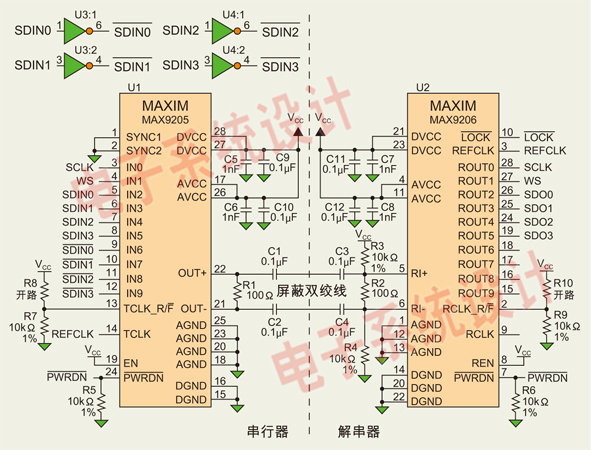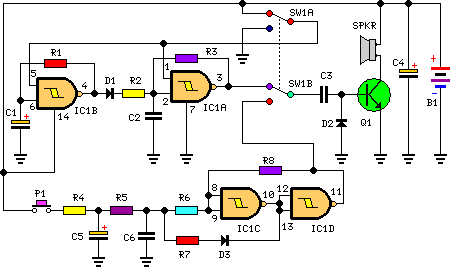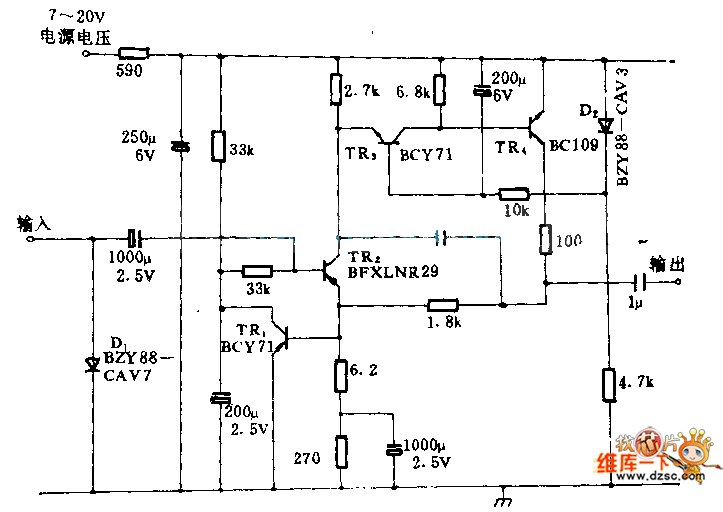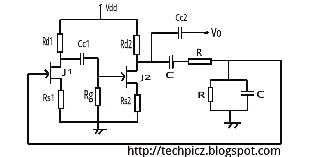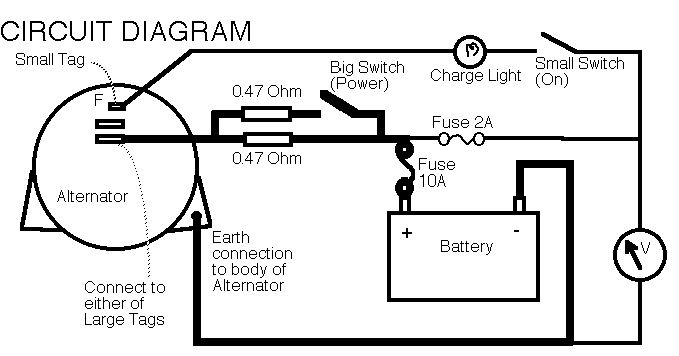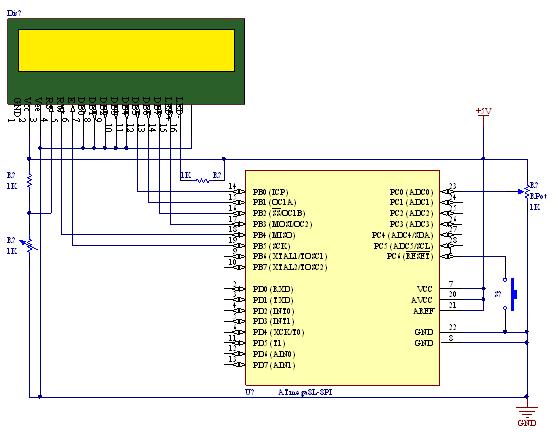
Using a VCXO (Voltage-Controlled Crystal Oscillator) as a Clock (CLK) Generator

The term VCXO refers to a Voltage Controlled Crystal Oscillator. The frequency of this oscillator can be fine-tuned by varying the control voltage. VCXO clock generators are utilized in a range of applications, including digital telecommunications.
VCXO circuits are essential in applications where precise frequency control is required. They are commonly employed in telecommunications, where synchronization of signals is critical. The voltage-controlled aspect of the VCXO allows for dynamic adjustments, making them suitable for systems that require frequency modulation or correction in real-time.
A typical VCXO circuit consists of a crystal, an oscillator circuit, and a control voltage input. The crystal provides a stable frequency reference, while the oscillator circuit generates the output signal. The control voltage input allows for frequency adjustments within a specified range, which is determined by the design of the oscillator and the characteristics of the crystal.
In practice, the performance of a VCXO is characterized by its frequency stability, tuning range, and phase noise. The tuning range is the extent to which the frequency can be adjusted by the control voltage, while phase noise affects the signal integrity and can impact the performance of the overall system.
VCXOs can be implemented in various configurations, including standalone modules or integrated within larger systems. The choice of components, such as the type of crystal and the design of the oscillator circuit, can significantly influence the performance characteristics of the VCXO.
Overall, VCXOs play a pivotal role in modern electronic systems where precise timing and synchronization are paramount, making them a valuable component in the design of reliable and efficient electronic devices.The term VCXO stands for Voltage Control Crystal Oscillator. The frequency of such an oscillator can be adjusted by a small amount through changing the control voltage. VCXO CLK generators have been used in various applications, such as digital T.. 🔗 External reference
VCXO circuits are essential in applications where precise frequency control is required. They are commonly employed in telecommunications, where synchronization of signals is critical. The voltage-controlled aspect of the VCXO allows for dynamic adjustments, making them suitable for systems that require frequency modulation or correction in real-time.
A typical VCXO circuit consists of a crystal, an oscillator circuit, and a control voltage input. The crystal provides a stable frequency reference, while the oscillator circuit generates the output signal. The control voltage input allows for frequency adjustments within a specified range, which is determined by the design of the oscillator and the characteristics of the crystal.
In practice, the performance of a VCXO is characterized by its frequency stability, tuning range, and phase noise. The tuning range is the extent to which the frequency can be adjusted by the control voltage, while phase noise affects the signal integrity and can impact the performance of the overall system.
VCXOs can be implemented in various configurations, including standalone modules or integrated within larger systems. The choice of components, such as the type of crystal and the design of the oscillator circuit, can significantly influence the performance characteristics of the VCXO.
Overall, VCXOs play a pivotal role in modern electronic systems where precise timing and synchronization are paramount, making them a valuable component in the design of reliable and efficient electronic devices.The term VCXO stands for Voltage Control Crystal Oscillator. The frequency of such an oscillator can be adjusted by a small amount through changing the control voltage. VCXO CLK generators have been used in various applications, such as digital T.. 🔗 External reference
